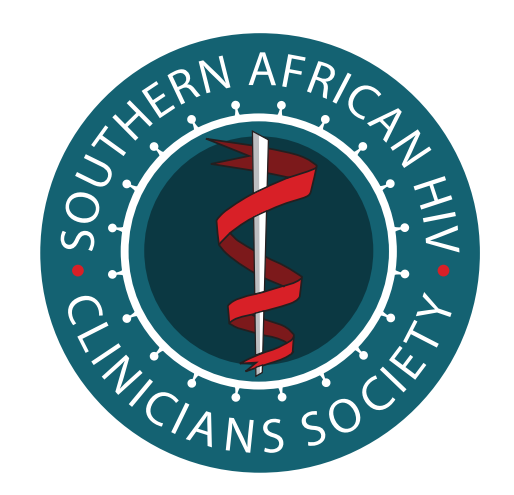Review Article
Ten years of nurse-initiated antiretroviral treatment in South Africa: A narrative review of enablers and barriers
Submitted: 13 November 2020 | Published: 11 March 2021
About the author(s)
Talitha Crowley, Department of Nursing and Midwifery, Faculty of Medicine and Health Sciences, Stellenbosch University, Cape Town, South AfricaElizabeth Mokoka, Forum of University Nursing Deans of South Africa (FUNDISA), Pretoria, South Africa
Nelouise Geyer, Nursing Education Association, Pretoria; Department of Nursing Education, University of the Witwatersrand, Johannesburg, South Africa
Abstract
Background: The roll out of nurse-initiated and managed antiretroviral treatment (NIMART) was implemented in 2010 by the National Department of Health (NDoH) in South Africa in response to the large numbers of persons living with HIV who needed treatment. To enable access to treatment requires shifting the task from doctors to nurses, which had its own challenges, barriers and enablers.
Objectives: The aim of this narrative is to review content on the implementation of NIMART in South Africa over the period 2010–2020, with a focus on enablers and barriers to the implementation.
Method: A comprehensive search of databases, namely, PubMed, Google Scholar and Cumulative Index to Nursing and Allied Health Literature (CINAHL), yielded qualitative, quantitative and mixed-method studies that addressed various topics on NIMART. Inclusion and exclusion criteria were set and 38 publications met the inclusion criteria for the review.
Results: Training, mentorship, tailored tuberculosis (TB) and HIV guidelines, integration of services and monitoring and support have enabled the implementation of NIMART. This resulted in increased knowledge and confidence of nurses to initiate patients on antiretroviral treatment (ART) and decreased time to initiation and loads on referral facilities. Barriers such as non-standardised training, inadequate mentoring, human resource constraints, health system challenges, lack of support and empowerment, and challenges with legislation, policy and guidelines still hinder NIMART implementation.
Conclusion: Identifying barriers and enablers will assist policymakers in implementing a structured programme for NIMART in South Africa and improve access, as well as the training and mentoring of professional nurses, which will enhance their competence and confidence.
Keywords
Metrics
Total abstract views: 2593Total article views: 4912
Crossref Citations
1. South African healthcare workers’ knowledge of dolutegravir's drug–drug interactions in the first year of its rollout: a cross‐sectional online survey
Briony S. Chisholm, Annoesjka M. Swart, Marc Blockman
Journal of the International AIDS Society vol: 25 issue: 3 year: 2022
doi: 10.1002/jia2.25885
